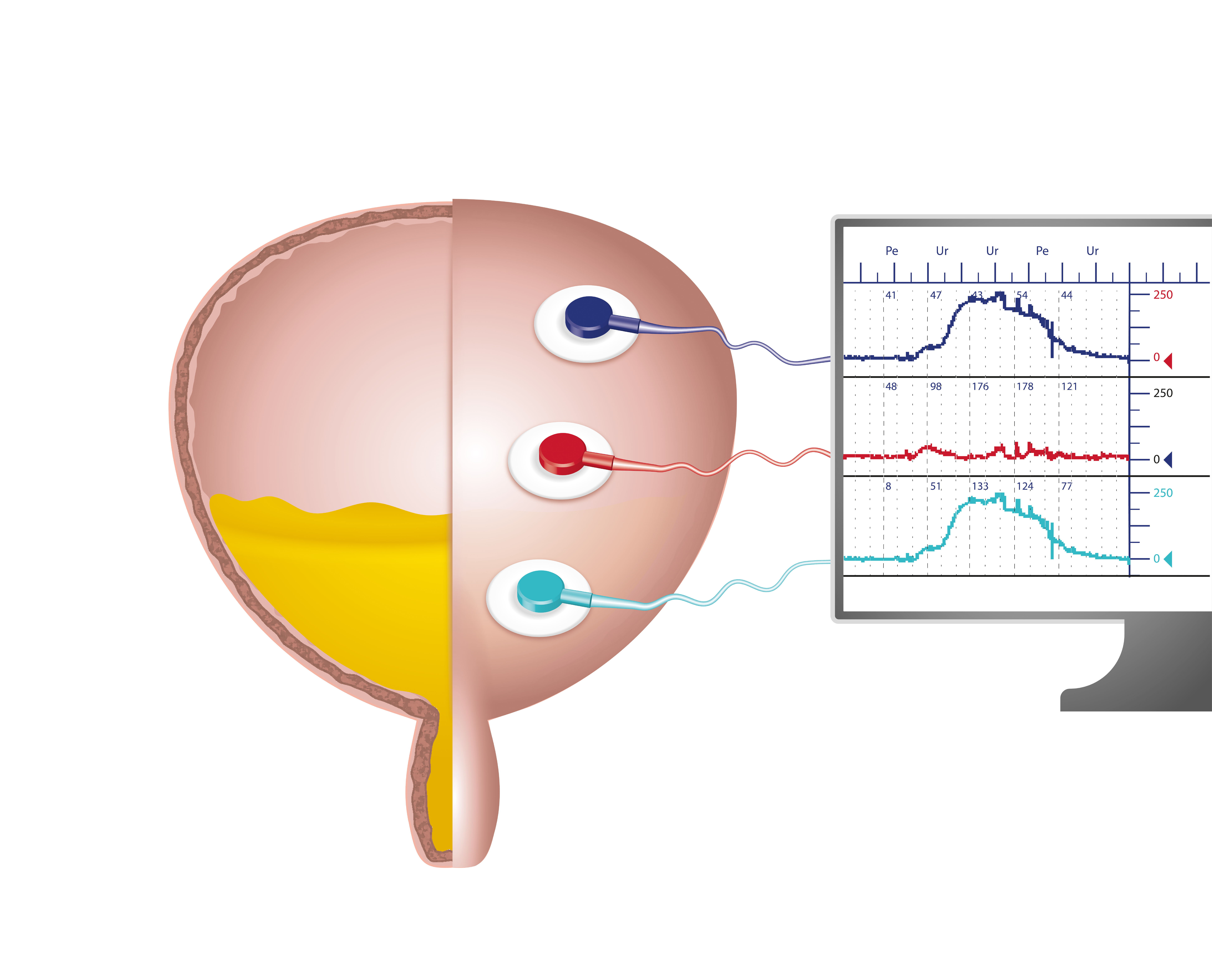When it comes to conditions of the lower urinary tract, there are key differences to consider in order to determine which form of testing is the most appropriate. While there are striking similarities between methods that can potentially create confusion upon first glance, a practitioner knows which test is most appropriate for the corresponding symptoms.
One area that has the potential to create this confusion is determining the difference between the need for the broader Urodynamics testing panel or the Cystometrogram. While these two procedures involve many of the same elements, they are in fact different.
This post will provide a detailed comparison of the two methods and describe how they are similar, but also different. First, a brief explanation of the two methods before we compare:
Read More
Topics:
Urodynamics Testing,
BHN,
outsourcing diagnostics,
urodynamics,
incontinence,
urodynamics service provider,
male urodynamics,
stress incontinence,
Uroflow,
Uroflowmetry,
UroGynecology,
Cystometrogram
An aging US population brings unique challenges to urologists and the urology workforce in general. As the average age of the population increases, this means that the frequency of urologic diseases and need for urology-related treatments also increases, and it is having an effect on the industry in general as demand increases. These demographic changes in the United States are in turn changing the demands on the urology workforce, creating a need by professionals to have the latest data, research, education, and advocacy for a changing industry.
With the findings published in the American Urology Association’s 2020 census, along with comparisons with their previous publications, we can form a clear picture of what the urology workforce and industry has been through in the past, what it is currently dealing with as of the 2020 publication, and we can also infer educated predictions about the future to anticipate what urologists and urology professionals will need to prepare for in order to meet the growing demand for urology care.
Here is a summary of some of the key findings of the AUA’s 2020 census:
Read More
Topics:
Urodynamics Testing,
urodynamics,
urodynamics staffing,
incontinence,
clinical operations,
urology,
urodynamics service provider,
Medical Practice Operations,
Uroflowmetry,
UroGynecology
When it comes to diagnosing patients right the first time, urologists, obstetricians, gynecologists, and healthcare professionals who want to improve the services they offer to patients all need to have access to the right testing options for diagnosing specific issues. The same is true when it comes to monitoring the health of the lower urinary system, with urodynamics being the only testing option specifically designed to monitor patient urinary health.
What Is Urodynamics?
Urodynamics refers specifically to the study of how the bladder, urethra, and associated sphincters in the body do their job of storing and releasing urine. Urodynamic testing therefore refers to the set of tests that provide healthcare professionals with valuable information on the health and function of a patient’s urinary system.
Read More
Topics:
Urodynamics Testing,
Reimbursement,
outsourcing diagnostics,
urodynamics,
urodynamics equipment,
urodynamics staffing,
clinical operations,
video urodynamics,
urodynamics interpretation,
urodynamics service provider,
post-void residual,
male urodynamics,
Pediatric Urodynamics,
Uroflowmetry,
urodynamics catheters,
UroGynecology
Urodynamic testing has the potential to provide health care professionals with much more detailed information on the health of their patient’s bladders, urethras, and their body’s ability to store and flush urine. Urodynamics, especially when used in rural health clinics, allows health care professionals to more accurately diagnose causes of urinary incontinence and other issues relating to the bladder and lower urinary system, making it a key service that needs to be integrated into RHC practices.
What Is Urodynamics?
Urodynamics along with urodynamic testing, in its simplest form, is the assessment of how the bladder, urethra, and associated sphincters do their job for storing and releasing urine from the body.
Read More
Topics:
Urodynamics Testing,
BHN,
Reimbursement,
outsourcing diagnostics,
urodynamics,
urodynamics equipment,
urodynamics training,
Reimbursment Trends,
urodynamics staffing,
clinical operations,
urodynamics service provider,
urodynamics billing,
Medical Practice Operations,
Uroflowmetry
Urodynamics (UDS) testing is usually performed in conjunction with a slew of other urologic tests and functions in concert with other diagnostics. This blog post will explore other common tests used in patients who will be having UDS testing and explains the indications and data that come from those other assessments.
All patients who have UDS will undergo a comprehensive history, physical and laboratory testing. The history will focus on the specific urologic complaints the patient has, but also bowel issues, neurologic disorders and whatever medications the patient is on as well. Surgical history, especially related to urinary tract and anti-incontinence surgery is critical as is diet information. Lab testing will include a urinalysis to search for blood or infection, urine culture if infection is suspected, and many patients will have serum lab testing to assess kidney function.
Read More
Topics:
Urodynamics Testing,
outsourcing diagnostics,
urodynamics service provider,
Uroflowmetry,
Urology Practice Trends,
Post-Operative Urodynamics
This video covers:
- General Overview
- Status Lights
- Buttons used for troubleshooting
- Changing the battery
Read More
Topics:
urodynamics,
urodynamics equipment,
urodynamics staffing,
Uroflow,
Uroflowmetry
Boosting your practice’s revenue requires you to add additional services for your patients. Some of these services should include nutrition, urodynamic testing, imaging, and an in-house pharmacy. By adding these services, you will better be able to provide your clients with better healthcare. So, how do you know that adding urodynamic services is going to be beneficial for your company?
We want to help you better understand how to give your patients enough services. Below, we will answer some questions regarding the addition of different services, especially urodynamics, and why they are good for you and your clients.
Read More
Topics:
urodynamics service provider,
urodynamics profitability,
urology practice marketing,
Uroflowmetry
 How can we gauge the current level of diagnostic utility of uroflowmetry? Are there areas needing research to improve it? This study was performed to verify the diagnostic value of uroflowmetry, its flaws, to discuss gaps in knowledge, and to provide areas where further research is necessary.
How can we gauge the current level of diagnostic utility of uroflowmetry? Are there areas needing research to improve it? This study was performed to verify the diagnostic value of uroflowmetry, its flaws, to discuss gaps in knowledge, and to provide areas where further research is necessary.
Read More
Topics:
Uroflow,
Uroflowmetry








 How can we gauge the current level of diagnostic utility of uroflowmetry? Are there areas needing research to improve it?
How can we gauge the current level of diagnostic utility of uroflowmetry? Are there areas needing research to improve it?